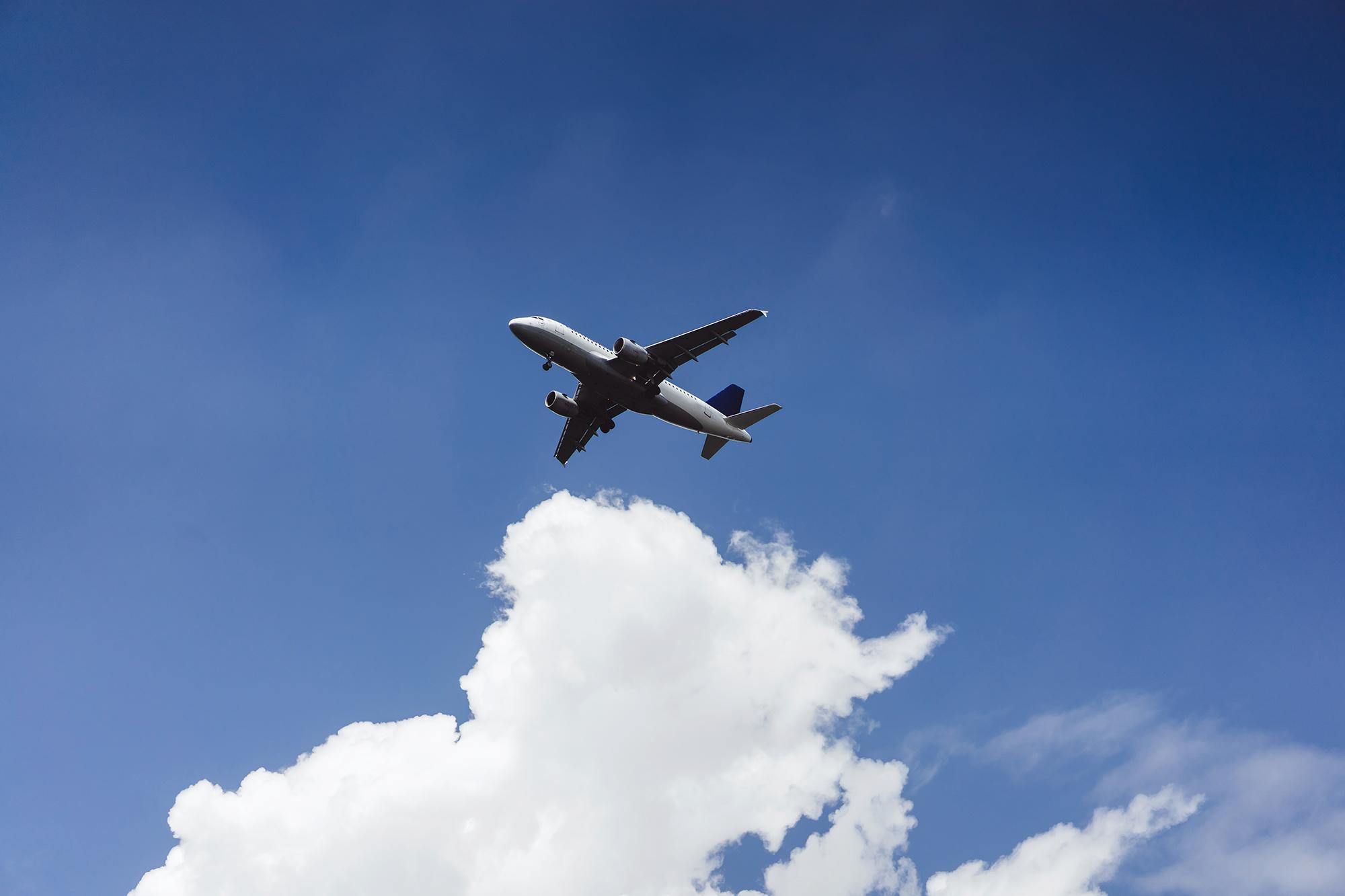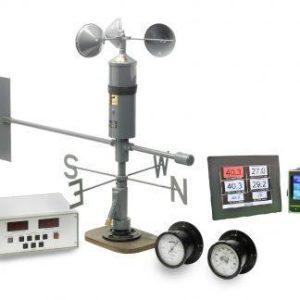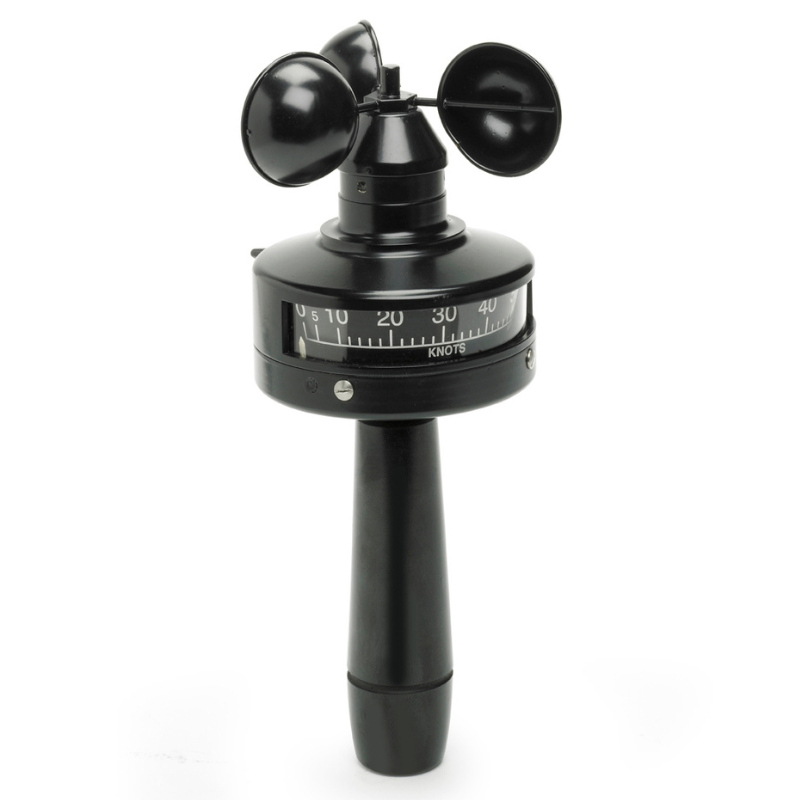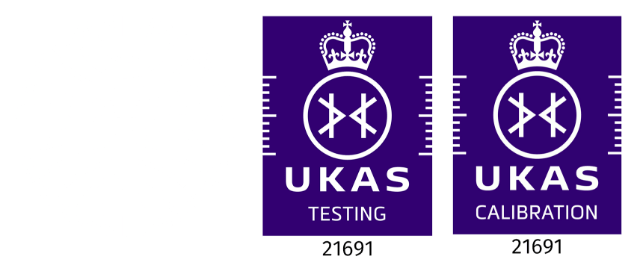Even though modern aircraft are built to withstand extreme weather, it is still important to monitor and forecast the weather in airfields and airports. The weather has a significant effect on their operation during taxiing, take-off and landing, and impacts the safety of all those on board.
Wind condition at airports
At ground level, wind observation helps to determine where, when and how aircraft take off and land. At times of high wind, it may be necessary to cease all air traffic and close the airport. This was the case in October 2016 during Hurricane Matthew when airports in Florida were forced to close.
Wind speed and wind direction should be measured using an automated sensor. The display unit should show instantaneous (real-time) measurements, as well as the 2-minute average, 10-minute average and max/min gusts. Sensors should be installed at multiple locations throughout the airfield. A back-up device, such as a handheld anemometer, is also needed in case of failure or unavailability of automated sensors.
It also necessary to measure temperature and humidity in airfields and airports, as these can affect engine performance.
Since the weather is susceptible to rapid change, meteorological observations must be recorded continuously. This should be done in accordance with national aviation standards.Using meteorological equipment
If you would like further information our range of meteorological products, please get in touch via email (info@munroinstruments.com) or phone (+44 (0) 20 8551 7000).








